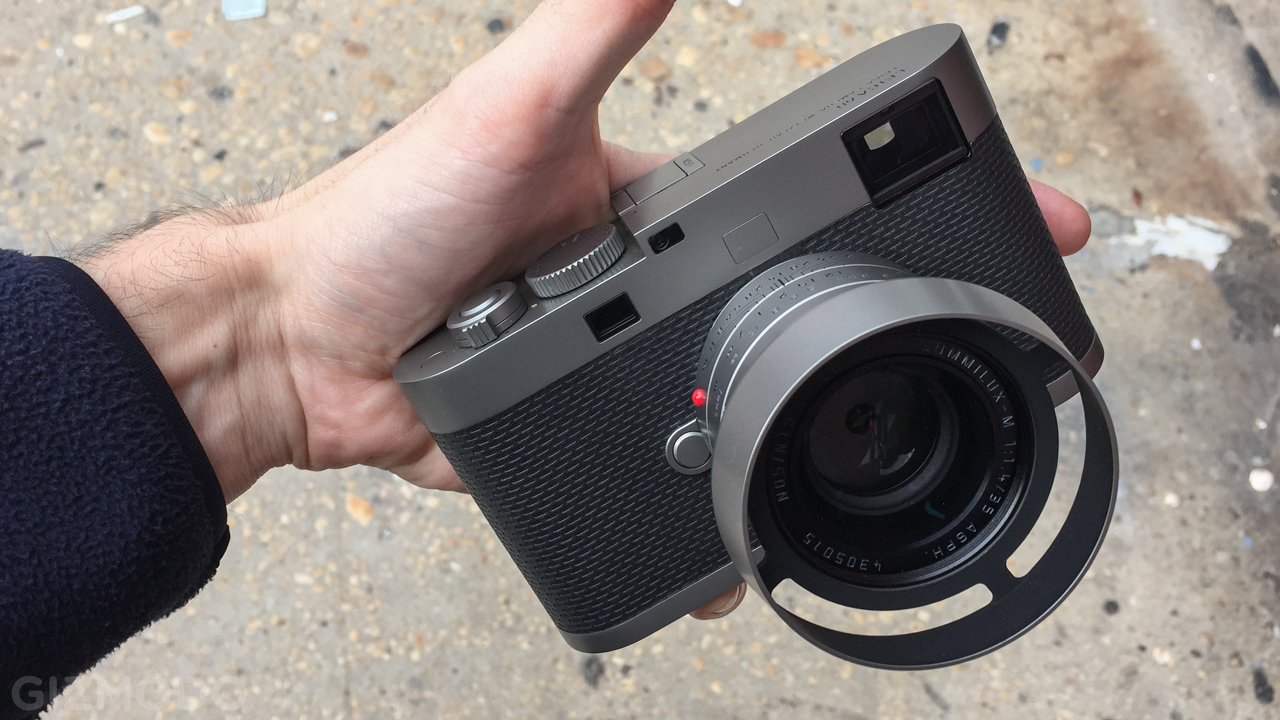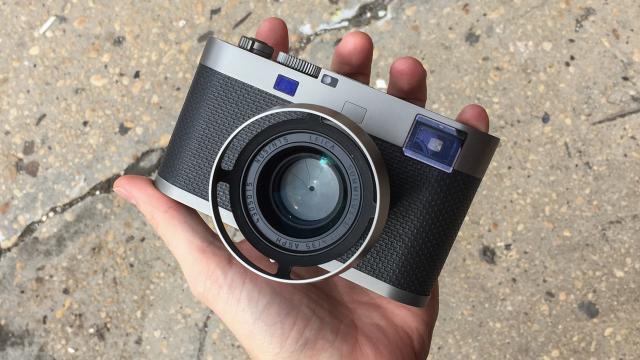The Leica M Edition 60 is the company’s 60th anniversary limited-edition version of its latest M rangefinder. It costs around $20,000 and has no display and no buttons (aside from the shutter). To some, it’s ridiculous. To most, it’s unaffordable. But after shooting with it for a couple of hours, I can say that if nothing else, it’s incredibly charming.
Inside the minimalist exterior of the M 60 are the same set of guts found in last year’s M Type 240 and its 24 megapixel full-frame CMOS sensor. Attached is a 35mm f/1.4 Summulix ASPH, the ne plus ultra of Leica’s 35mm offerings. There are only 600 of these rigs being made, and one of them was at Leica’s Brooklyn studio last week. We were lucky enough to borrow it for a short stint.
I admittedly sneered the Leica when it was first announced, but I wanted to experience the M 60 simply for the novelty. As someone who shoots film with a classic Leica M6, I am certainly familiar with the feeling of taking pictures knowing full well that I won’t see the results right off the bat. Some people prefer this about film, decrying the modern digital habit of checking your image after each shot. I was always pretty agnostic on this front. I love shooting film, but not really for that specific reason. Not seeing your images just kind of came with the territory. So when I picked up the M 60, I wasn’t expecting to fall in love.
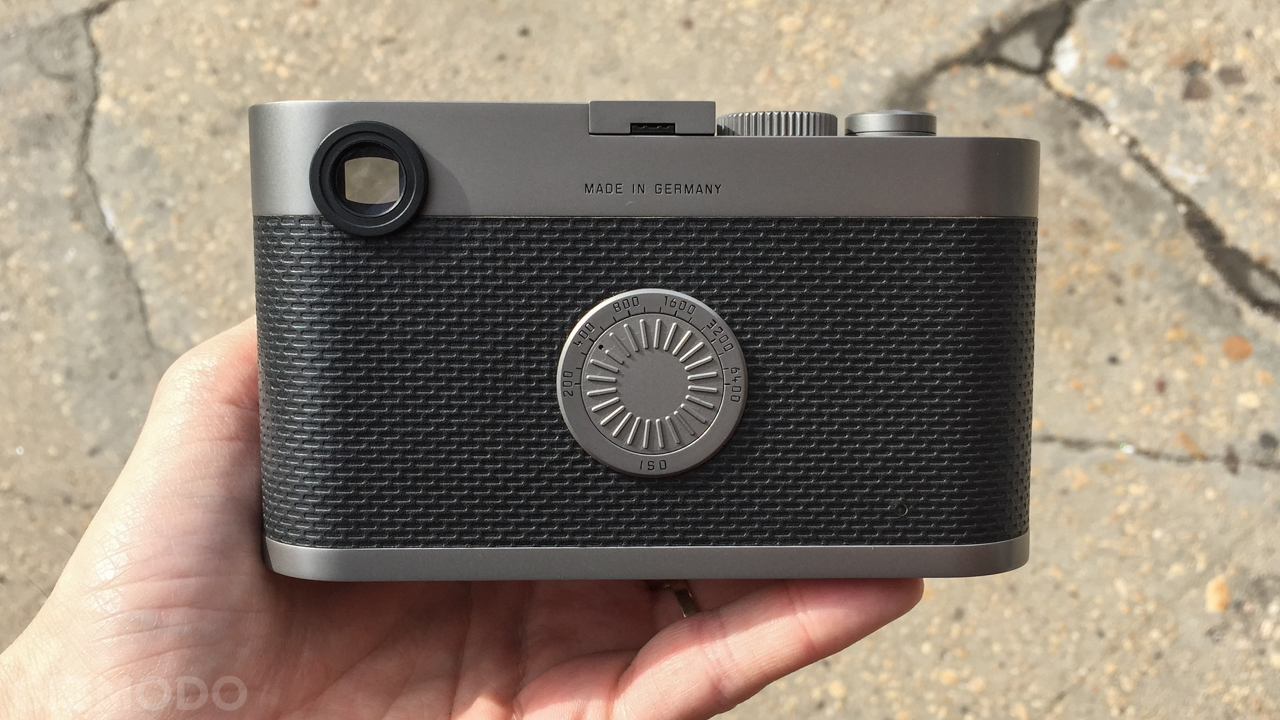
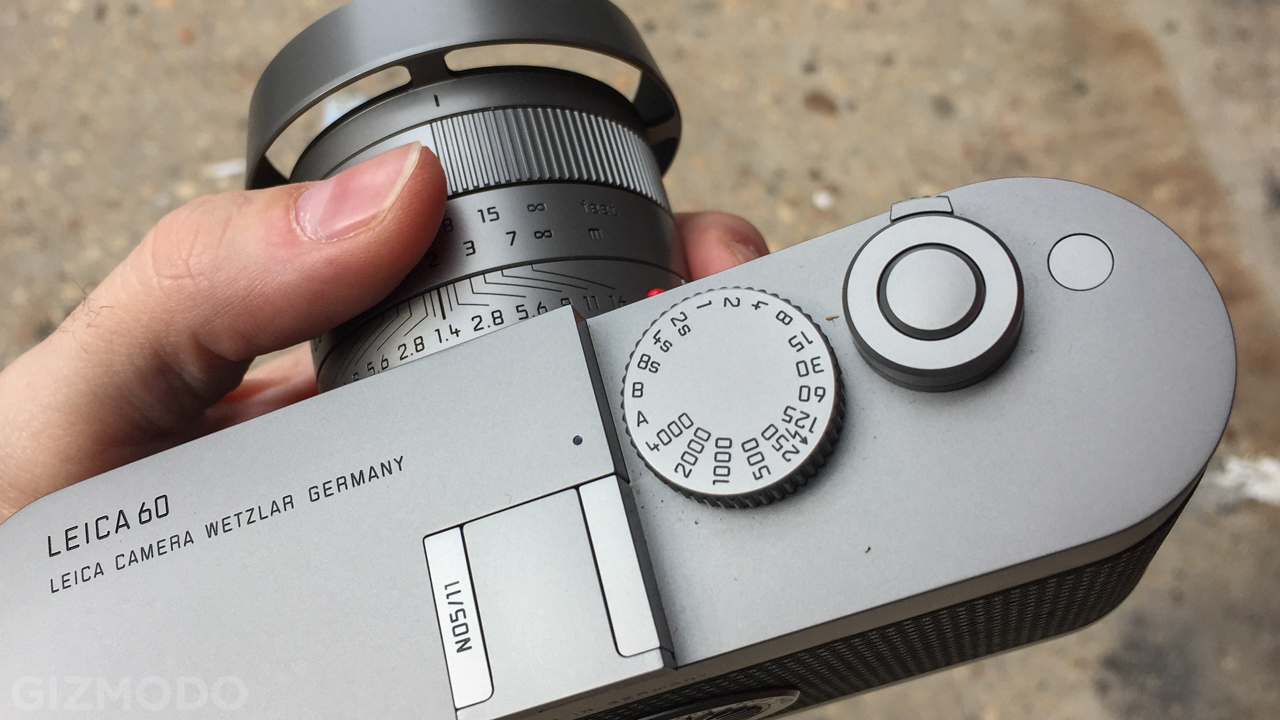
But after only a few minutes of shooting, I was hooked. It really feels like you’re shooting with an analogue camera, limitations intact. Through the constraints of no screen and no settings, a freedom reveals itself that streamlines the experience to its joyful bare-essentials — shutter speed, aperture, focus. Nothing more. Added to this is the relief of knowing you are not wasting expensive film stock with each shot. It’s the best of both worlds.
Of course, the craziness is in realising that this style of shooting is just as possible with any other normal digital camera out there (with the exception of true rangefinder focusing). You always have the option of simply not looking at the display, or better yet, switching it off. Nobody is forcing you to futz with the endless menu options and function buttons of your camera. If you have discipline, you can pare things down without spending $20,000 on the Leica M 60. It’s a fair argument, and one that I’ve made myself. But it’s easier said than done. There’s power in being limited, being forced to adapt.
Note: these images have been lightly edited. Even though we like to show unedited images for our camera tests, this demo was more about the experience of shooting as opposed to an assessment of image quality.

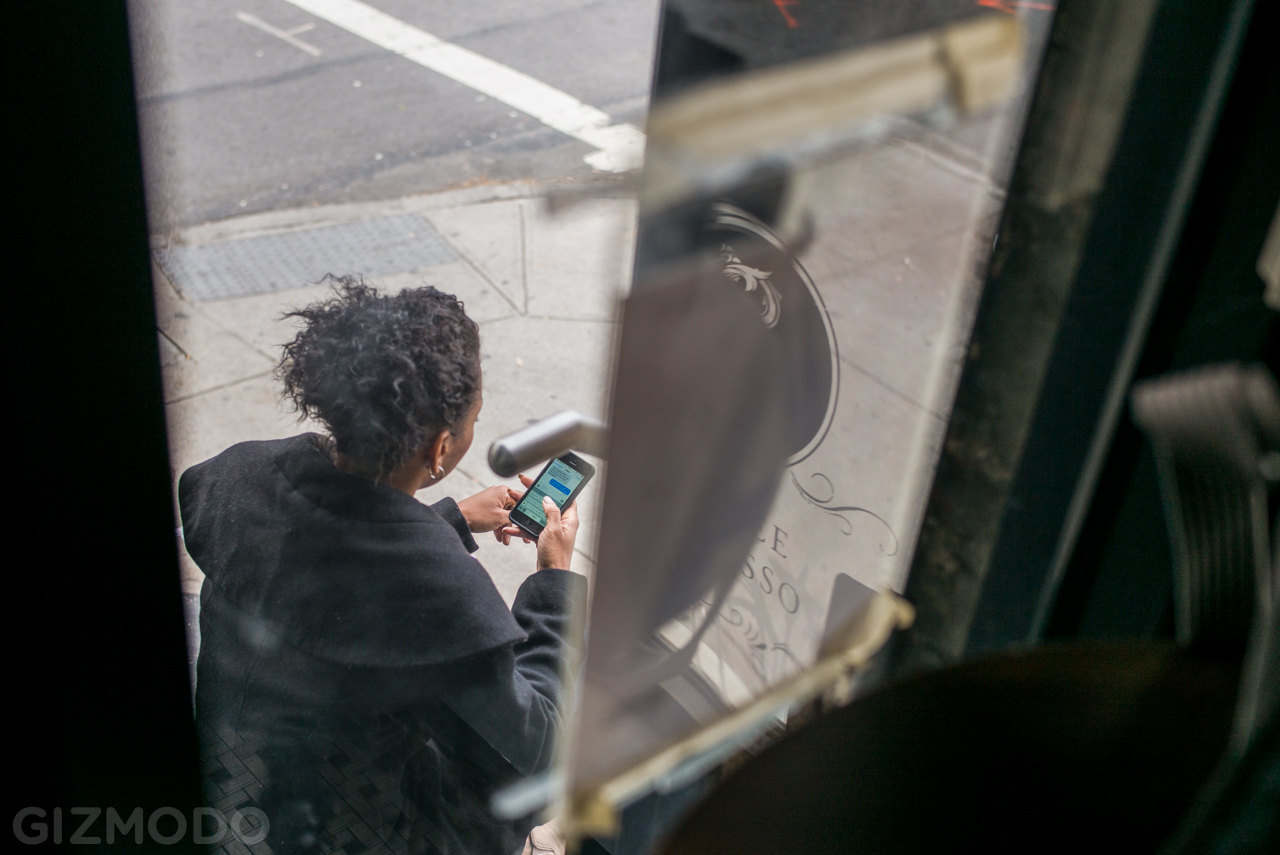
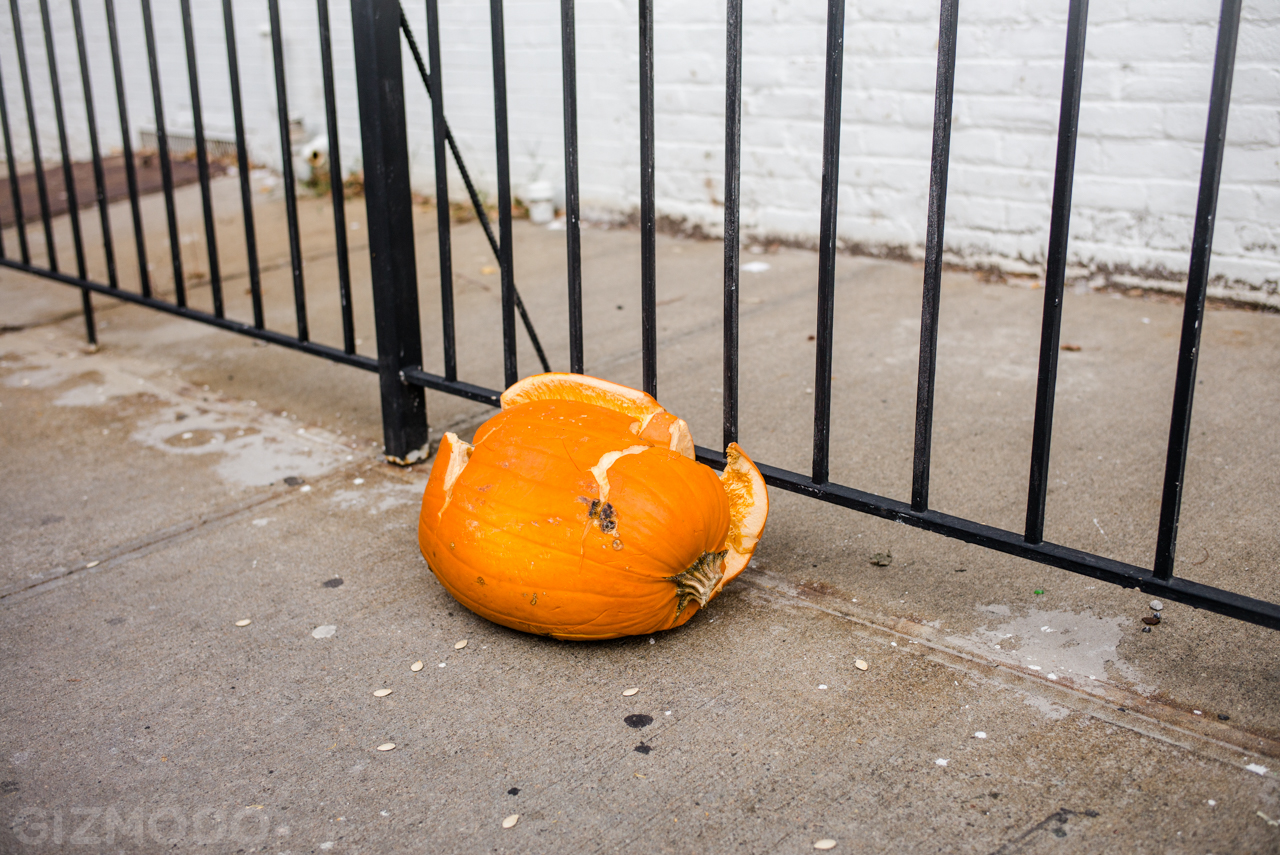
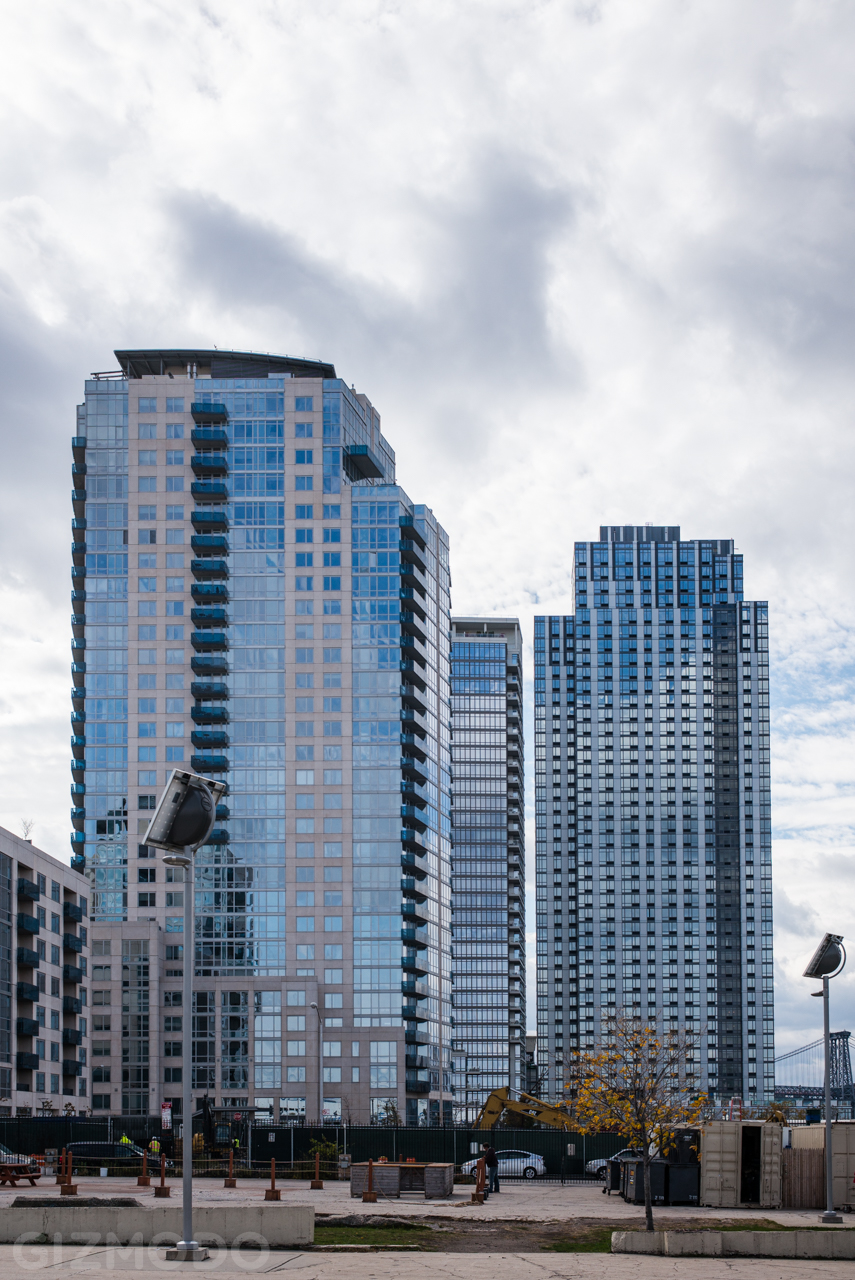
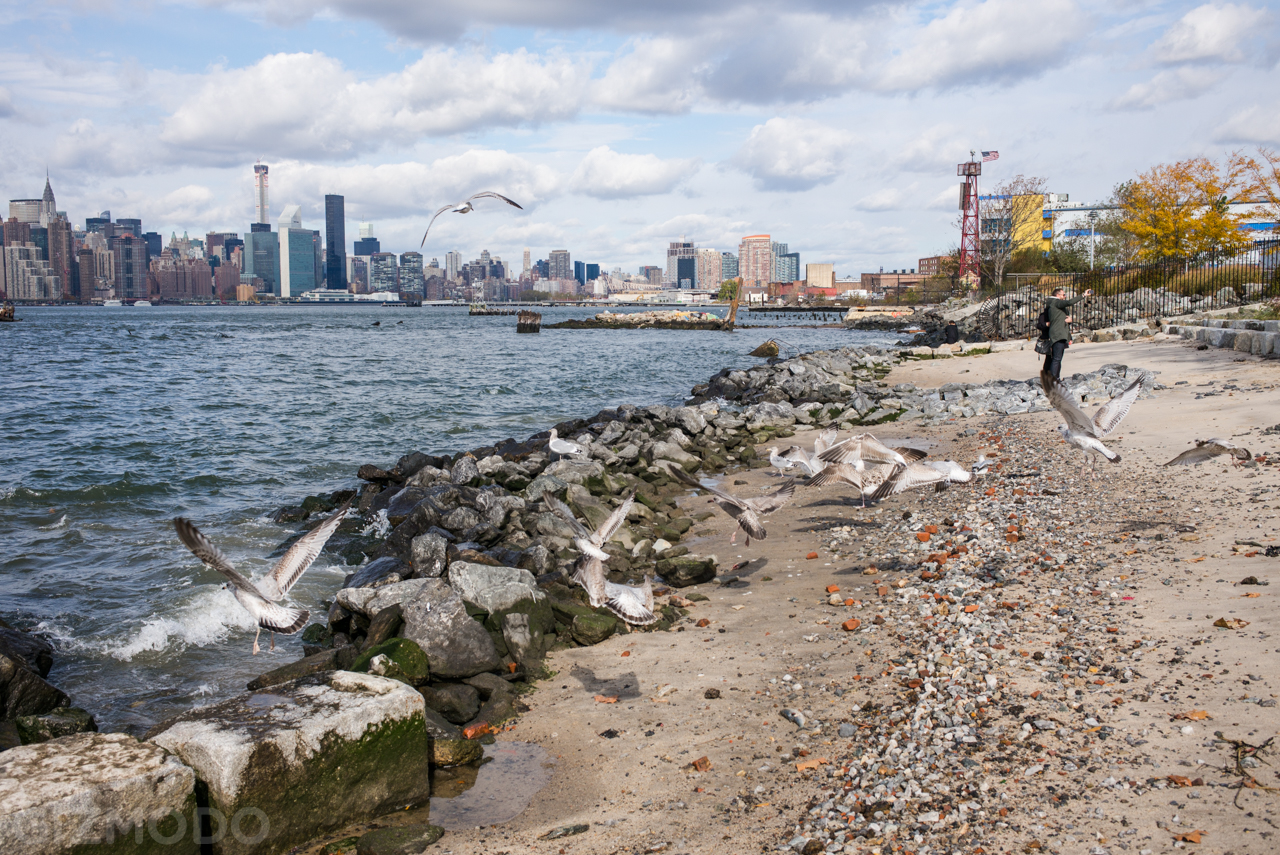

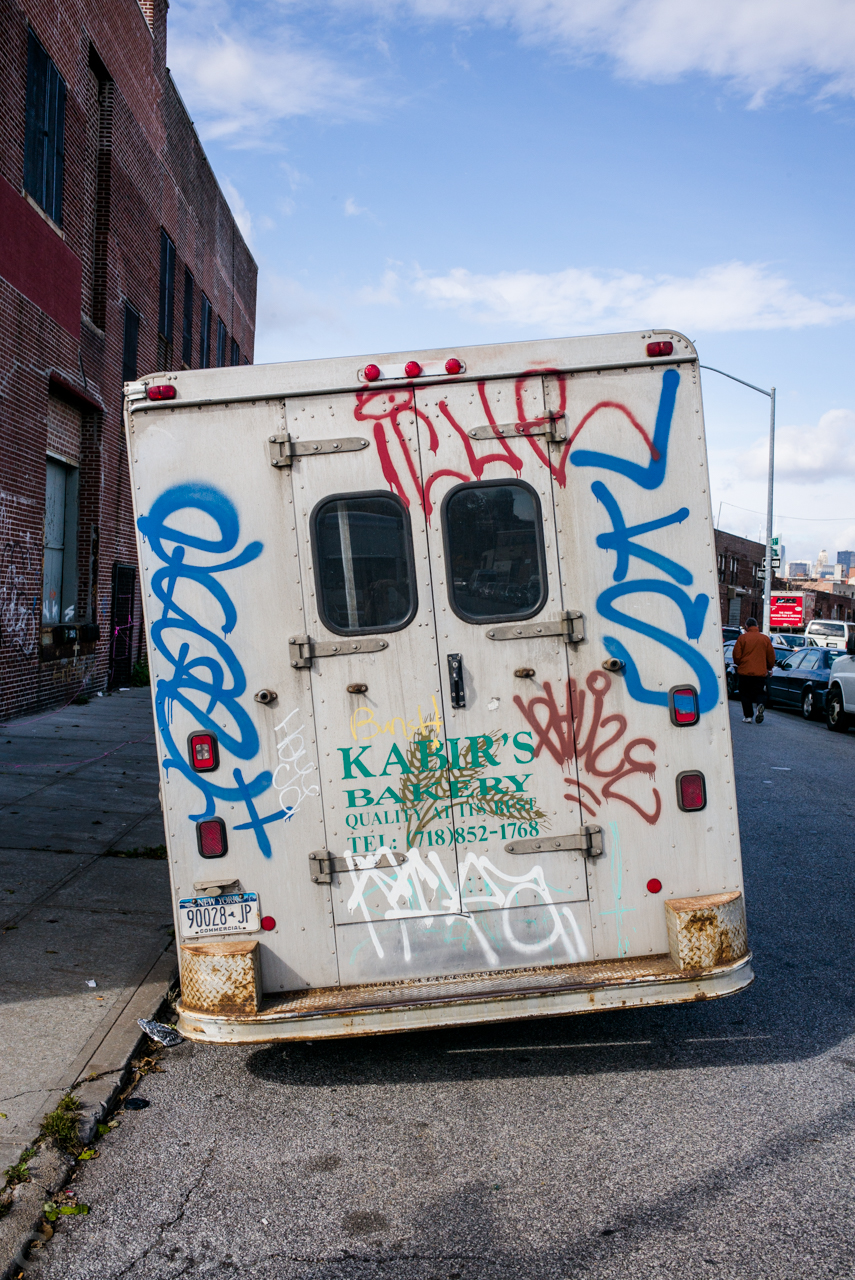
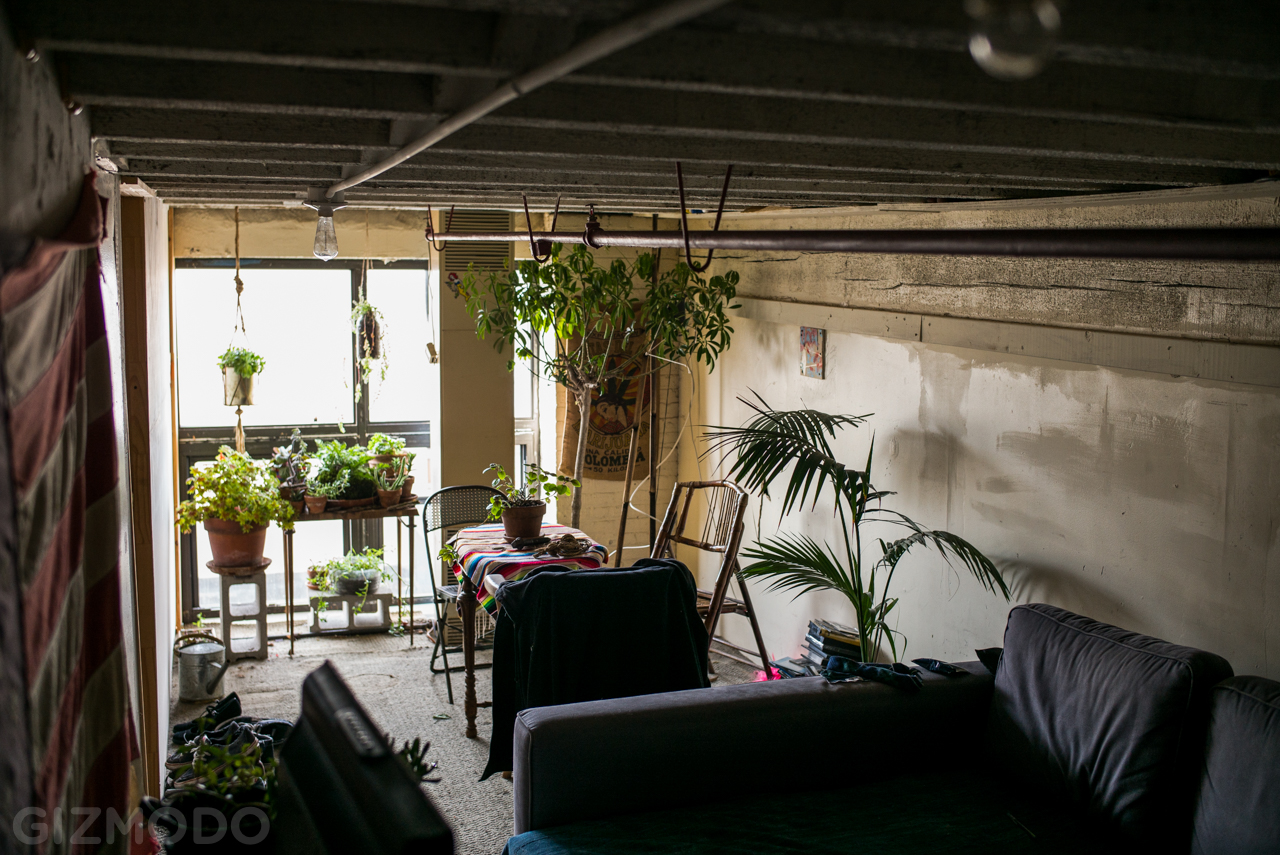
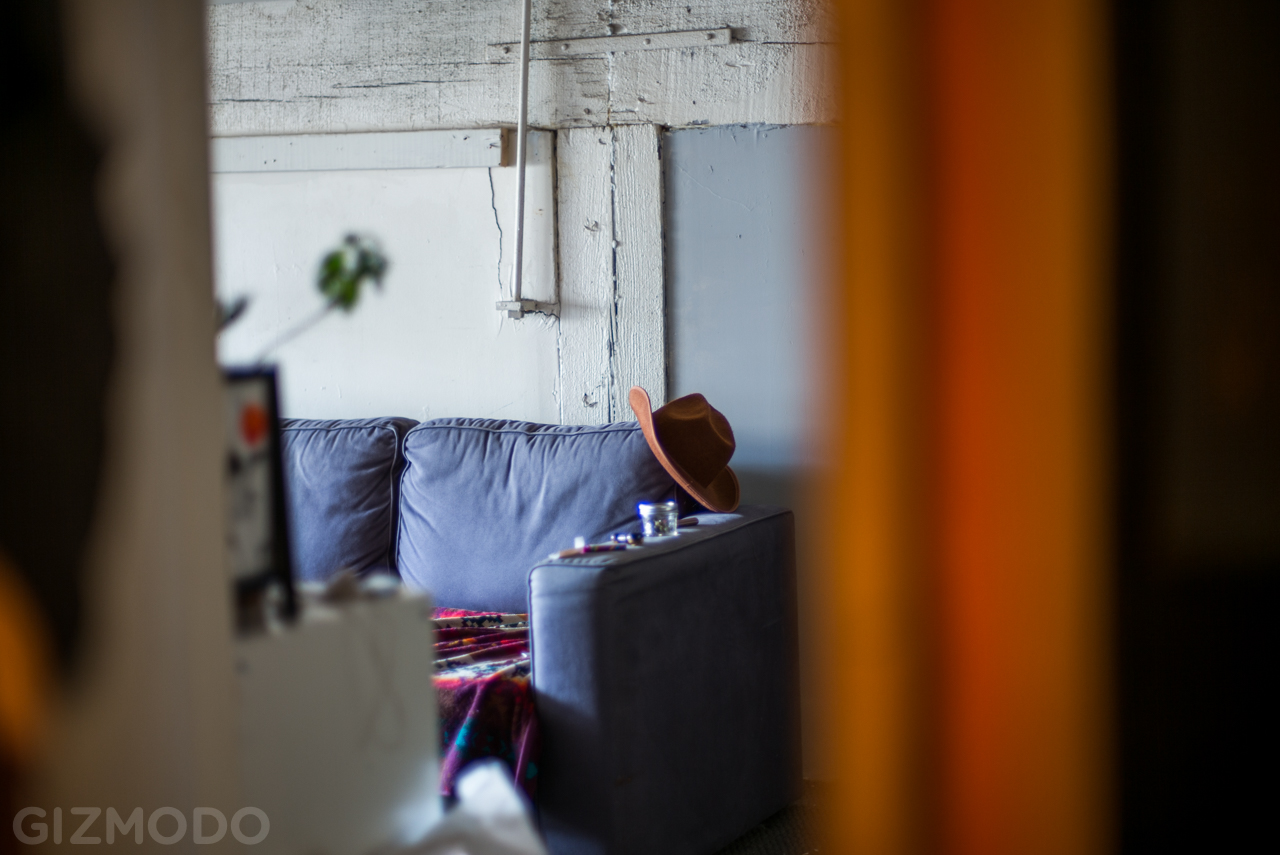

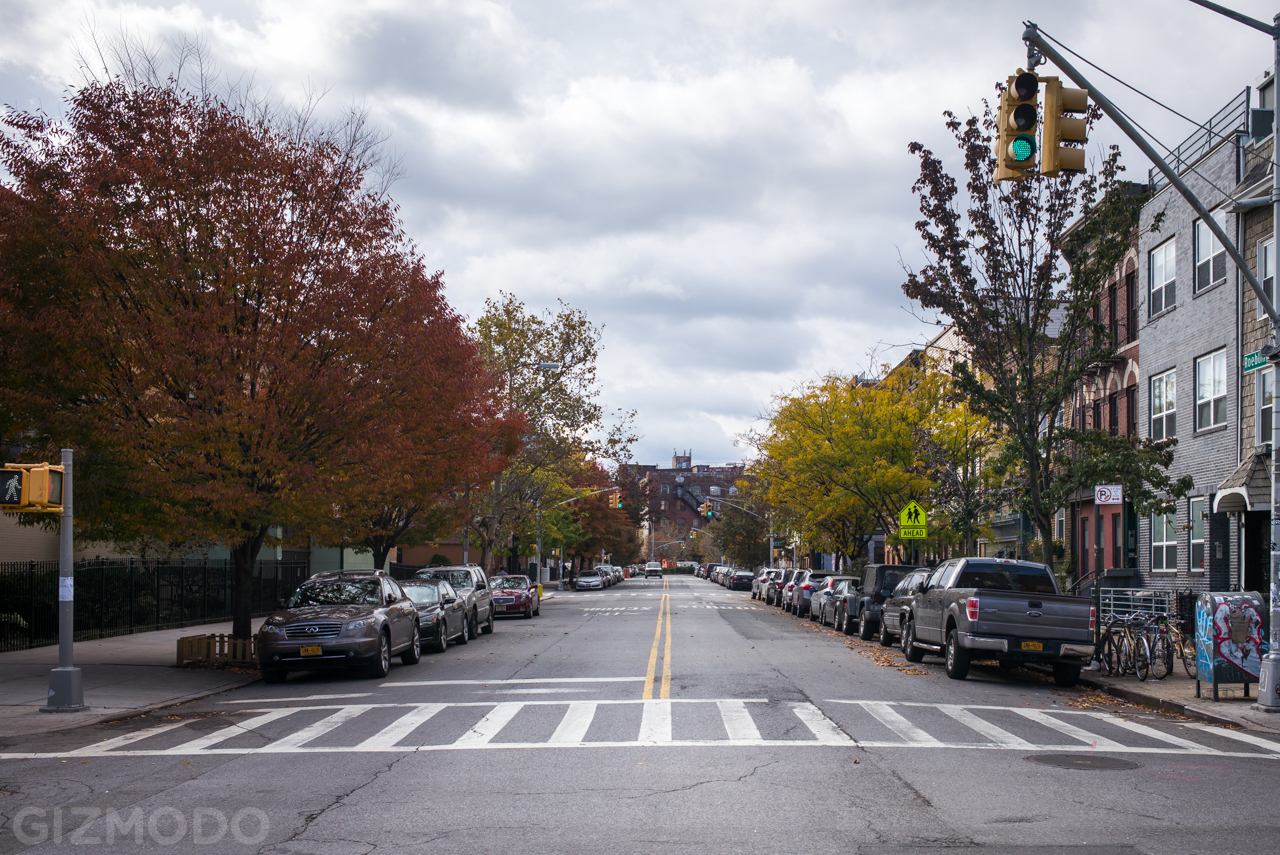
And so I roamed the streets of Williamsburg for a couple of hours, shooting my usual fare — buildings, streetscapes — with zeal. Most of the time I remained in aperture priority mode and zone focused when practical, fine-tuning through the viewfinder. For all its simplicity, the camera’s physical attributes aren’t ideal. Both the shutter speed dial and the aperture ring on the lens are much too loose. All too often would I find my settings accidentally changed simply from having pulled the camera out of my bag. Also not at all practical is the lack of strap lugs, leaving me perpetually nervous about dropping this $20,000 brick in my slippery fingers.
It’s attributes like this that bring you back to the reality (and tragedy), of the M 60. It’s not a camera meant for photographers. It’s a showpiece. A collectible. Nobody can afford it, so nobody can learn from or have fun with it. For many Leica lovers, this is an endless frustration that comes up every time the company releases yet another absurdly priced object. Designer Khoi Vinh said it best on his blog:
“It’s symptomatic of a brand that’s so beholden to its own legacy that its greatest ambition is to stop making real products for real people.”
Seriously. If the Leica 60 was $2000 instead of $20,000, I would buy one, and I bet many others would as well. But that’s not the direction Leica is going. That’s its prerogative! In the meantime, I’ll remain one of just a lucky few who ever get to experience the fun of taking photos with this weird screen-less, menu-less, 0de to a simpler kind of shooting.
